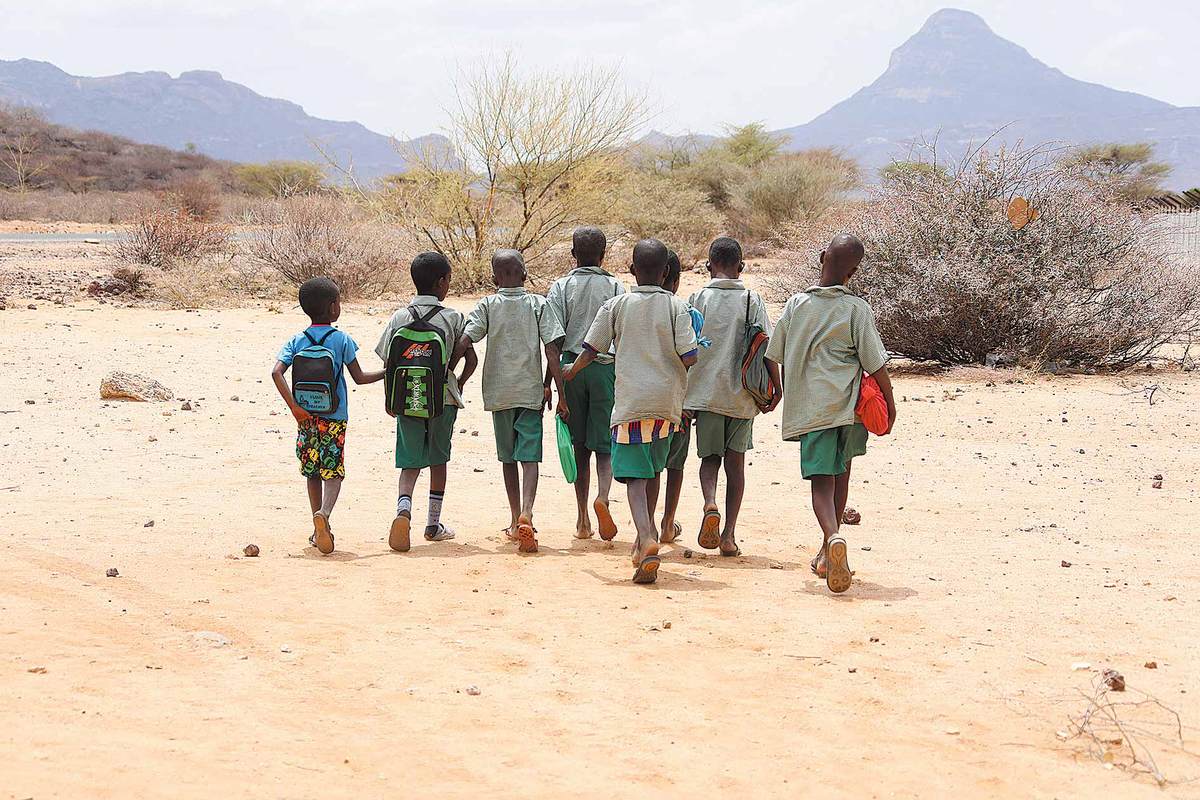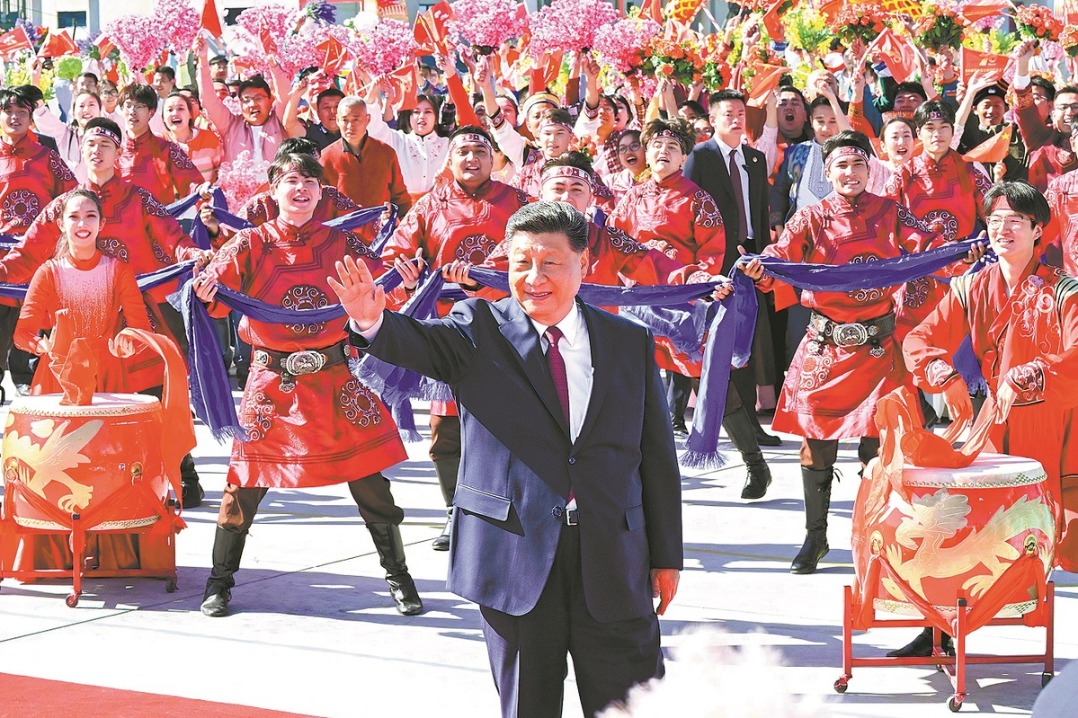NGOs rally to address climate change


Amplifier of change
According to a recent report from the World Resources Institute, every $1 invested in climate adaptation generates a return of $2 to $10 in five respects — strengthening early warning systems, making new infrastructure climate resilient, improving dryland agriculture for crop production, protecting mangroves, and making water resources more resilient.
In February, the latest report from the Intergovernmental Panel on Climate Change, or IPCC, the UN body that assesses the science related to climate change, also highlighted climate adaptation measures.
These measures can improve agricultural productivity, innovation, health and wellbeing, food security, livelihoods, and biodiversity conservation, as well as reducing risks and damage.
Founded in 2007, the Shan Shui Conservation Center, which is based in Beijing, is dedicated to species and ecosystem conservation. When it started its work in Yushu more than a decade ago, it mainly focused on conservation of the snow leopard on the Qinghai-Tibet Plateau, said Hu Xuan, who works for the NGO.
Hu worked for the center's grassland program from 2017 to last year, but she is now a part-time employee, as she is conducting research for her doctoral degree in Yushu.
She said that in 2017, the center began its program in Yushu themed on climate change after its employees found that grassland degradation was causing local herders great concern.
"As an alpine region, the Qinghai-Tibet Plateau has experienced a significant impact from climate change, which has greatly affected and threatened local residents' lives," Hu said.
With warming on the plateau taking place at twice the pace observed globally, the area is often referred to as an "amplifier of climate change" in scientific research.
Meanwhile, the average temperature in the Sanjiangyuan area, where the Yangtze, Yellow and Lancang rivers originate, has risen by 0.34 C every decade from 1961 to 2018, far above the average level globally, according to the China Meteorological Administration. Yushu is home to the Sanjiangyuan National Park.
Hu said that in addition to carrying out a far-reaching survey on the adverse impact that local residents have experienced from climate change, the Shan Shui Conservation Center provides training programs on sustainably managing the grassland.
At one evening training session, for example, the NGO invited Drakyom Palzang, a noted herder from the Ruoergai Grassland on the edge of Qinghai-Tibet Plateau in Sichuan province, to discuss the successful restoration of some 667 hectares of grassland that experienced desertification.
Stretching for 2.58 million square kilometers, the Qinghai-Tibet Plateau covers not only Tibet autonomous region and Qinghai province, but also parts of four other provincial regions, including Sichuan.
Hu said, "The classroom for that evening session was packed, with many herders sitting on the floor." She added that the herders planted some 80 hectares of grass on the degraded grassland this year.
"Recently, we started researching whether herders had any traditional approaches or experiences to cope with grassland degradation, but failed to find any," Hu said.
























